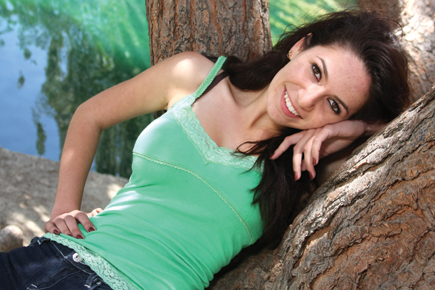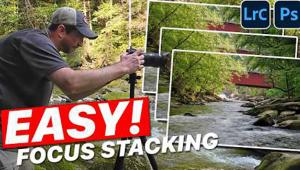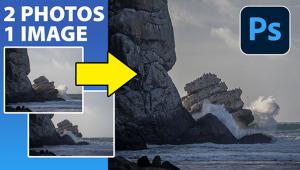Location Shoot: Studio Results; Portable Pro Lighting Tips & Gear
One reason that many photographers prefer working in a studio is because they can totally control all aspects of light, from its source to its power, temperature, and direction. To control light in a studio, photographers utilize a variety of light modifiers, including umbrellas, softboxes, light tables, and barn doors.
 |
|
|
Shooting in the field significantly reduces the ability to control light.
Oftentimes, ambient light can't be limited, and artificial light is too
harsh for creative photography. For many people the most common type of artificial
light for on location photography is the built-in flash. All but the least expensive
consumer digital cameras and some very high-end professional D-SLR cameras have
built-in flash. These on-camera flash units actually work very well. They make
it possible to come up with good shots that would be difficult to get any other
way.
But on-camera flash is often harsh. It tends to create unflattering shadows,
both on and behind the subject. Just placing a white piece of translucent material
in front of the flash will soften the harsh light, at least a little. Rather
than having a pinpoint source of light, the diffusion material will create a
wider source of light for more pleasing shadow detail. A small bracket made
from a metal coat hanger and a little bit of cloth is all that's required
to build one, but a more dependable course might be working with a commercial
mini flash diffuser, such as the LumiQuest Soft Screen pop-up flash diffuser,
available for $13.95.
 1 |
 4 |
|
 2 |
||
 3 |
 5 |
|
 6 |
||
|
||
Most D-SLRs with built-in flash offer internal controls that help enhance
their effect, including multiple pre-firings to reduce redeye, the ability to
balance electronic and ambient light through fill flash, and the capability
to incrementally adjust flash power output to reduce the chance of overexposure,
especially with close-up photography.
These internal controls help somewhat, but, in most cases, they are not enough
to come up with creative, professional results. One of the simplest solutions
is adding an auxiliary flash. Auxiliary flash units do two things. They generate
more light than on-camera flash, and they move the light source farther away
from the camera lens, which helps reduce harsh shadows and, for the most part,
eliminates redeye.

















































